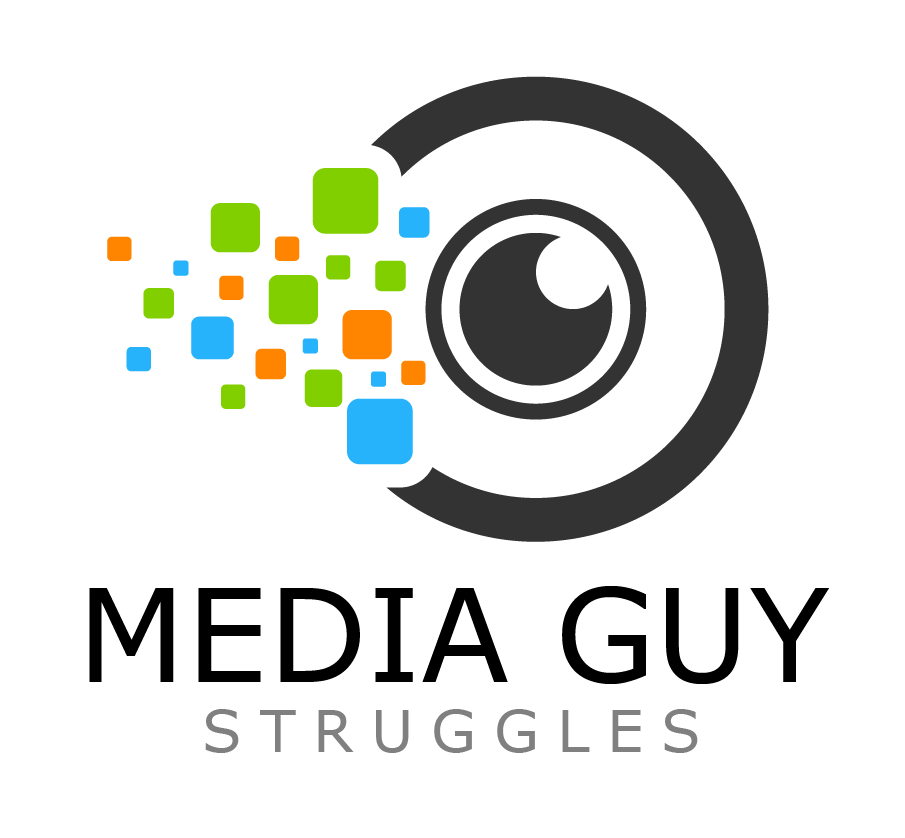Good Luck and New Business
It’s award season in the ad game and that means there are submissions to do in my spare time (yeah, what’s that?) for such awards as the CLIOs, Tellys, the SHORTYS, the Effies, and more. Today, I spent the morning sifting through the 2016 to find the right pieces to submit. How blessed am I to have a stack of work to whittle down for awards competition? Pretty lucky!
So between submitting to the major awards and my Silver Council judging assignments for the Tellys, there hasn’t been much time for anything except work, work, work…
The advertising and marketing business is no easy game. No only do you have to know your craft, but you have to schmooze, booze, and charm your way through life at an agency and with your client base. Every scenario requires its own truth and hoops to jump through. Each one has the potential to damage your soul and leave you as a walking shell of your former self.
And, if you can bring new business you’re never going to make partner or be the lion of the ad agency pride. I have a quick study for those of you who need to work a room and excel.
Being great in the room makes you relevant and keeps you there. If you’re a magician in the room, there will never be anyone who can block your arc.
So, what are the keys to pitching a new client? How do you increase your chances of winning new business? Does the secret to pitching for business lie in the early stages of building the relationship?
I used to be able to rely on the good luck 1880 Morgan silver dollar that resided in my trousers front left pocket and my grandfather’s sage advice running through my mind, “Focus all your effort on what is in your power to control.” You know what? It worked pretty well for a long, long time. The gift of gab did me well through my New York City and Los Angeles agency years.
 Today, you can’t just wing it. You have to do more than showcase yourself and your agency. You are required to do all of the work in advance and prove it while dazzling the pitch committee and building a rapport all at once.
Today, you can’t just wing it. You have to do more than showcase yourself and your agency. You are required to do all of the work in advance and prove it while dazzling the pitch committee and building a rapport all at once.
So, what’s the key to winning new business when the time comes for an agency to pitch a new client? Well, I have to tell you to NOT skip the good luck charm. Make sure you carry one and if you’re challenged for ideas, see below for a rundown of the Top 15 from cultures around the globe. Seriously though…
…the best suggestions I’ve ever seen on pitching new business and new ideas came from the mind of Steve Jobs. He used to say, “Every new business pitch should do three things: inform, educate and entertain.”He also said this smart stuff – follow it:
- Plan your presentation with pen and paper. Begin by storyboarding your presentation. Jobs spent his preparation time brainstorming, sketching and white-boarding before he creating his presentation. All of the elements of the story that he wants to tell are well-thought with all elements planned and collected before any slides are created.
- Create a single sentence description for every service/idea. Concise enough to fit in a 140-character Twitter post. An example, for the introduction of the MacBook Air, Jobs said that is it simply, “The world’s thinnest notebook.”
- Create a villain that allows the audience to rally around the hero—you and your product/service. A ‘villain’ doesn’t necessarily have to be a direct competitor. It can be a problem in need of a solution.
- Focus on benefits. This is important for ad agencies to remember. Your audience only cares about how your service will benefit them so lead with benefits rather than agency credentials and capabilities.
- Stick to the rule of three for presentations. Almost every presentation devised by Jobs was divided into three parts. You might have twenty points to make, but your audience is only capable of retaining three or four points in short-term memory. Give them too many points and they’ll forget everything you’ve said.
- Sell dreams, not your services. Jobs didn’t sell computers. He was passionate about helping to create a better world. That was the promise that he sold. For example, when Jobs introduced the iPod, he said, “In our own small way we’re going to make the world a better place.” Where most people see the iPod as a music player, Jobs saw it as a tool to enrich lives.
- Create visual slides. There were no bullet points in a his presentations. Instead, he relied on photographs and images. When Jobs unveiled the Macbook Air, Apple’s ultra-thin notebook computer, he showed a slide of the computer fitting inside a manila inter-office envelope. Keep your agency presentations that simple.
- Make numbers meaningful. Jobs always put large numbers into a context that was relevant to his audience. The bigger the number, the more important it is to find analogies or comparisons that make the data relevant to your audience.
- Use plain English. Jobs’s language was remarkably simple. He rarely, if ever, used the jargon that clouds most presentations—terms like ‘best of breed’ or ‘synergy’. His language was simple, clear and direct. So don’t use agency speak when presenting, “integration, proprietary process, etc.”
- Practice, practice, practice. Jobs spent hours rehearsing every facet of his presentation. Every slide was written like a piece of poetry, every presentation staged like a theatrical experience. He made a presentation look effortless but that polish came after hours and hours of arduous practice.
At the end of the day, remember that relationships matter. Get the chemistry right. What gets you through the finish line though is human chemistry. Why court business from people you wouldn’t want to a long train with?
Making great ads is an intense process; and not a pleasant one with people you don’t gel with. And, really, it’s not just about winning new business but keeping it.
















Leave a Reply